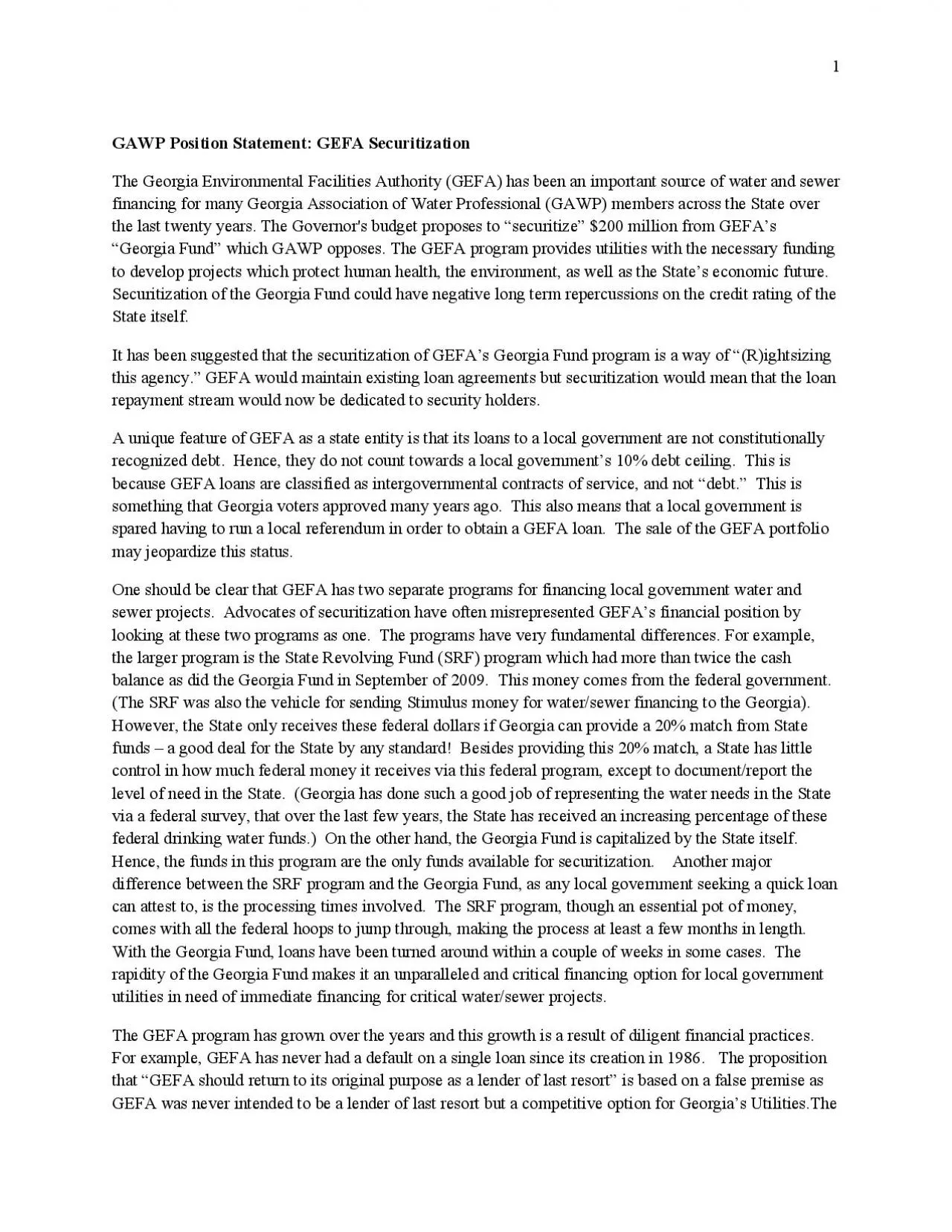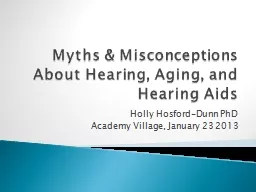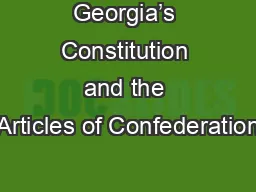PDF-misconception that the Georgia Fund provides loans to too many high-cr
Author : murphy | Published Date : 2020-11-24
2 Besides the high of loans to noncreditrated communities almost 66 percent of Georgia Fund monies flowed to these communities Source GEFA Board Report 08252009
Presentation Embed Code
Download Presentation
Download Presentation The PPT/PDF document "misconception that the Georgia Fund prov..." is the property of its rightful owner. Permission is granted to download and print the materials on this website for personal, non-commercial use only, and to display it on your personal computer provided you do not modify the materials and that you retain all copyright notices contained in the materials. By downloading content from our website, you accept the terms of this agreement.
misconception that the Georgia Fund provides loans to too many high-cr: Transcript
Download Rules Of Document
"misconception that the Georgia Fund provides loans to too many high-cr"The content belongs to its owner. You may download and print it for personal use, without modification, and keep all copyright notices. By downloading, you agree to these terms.
Related Documents














